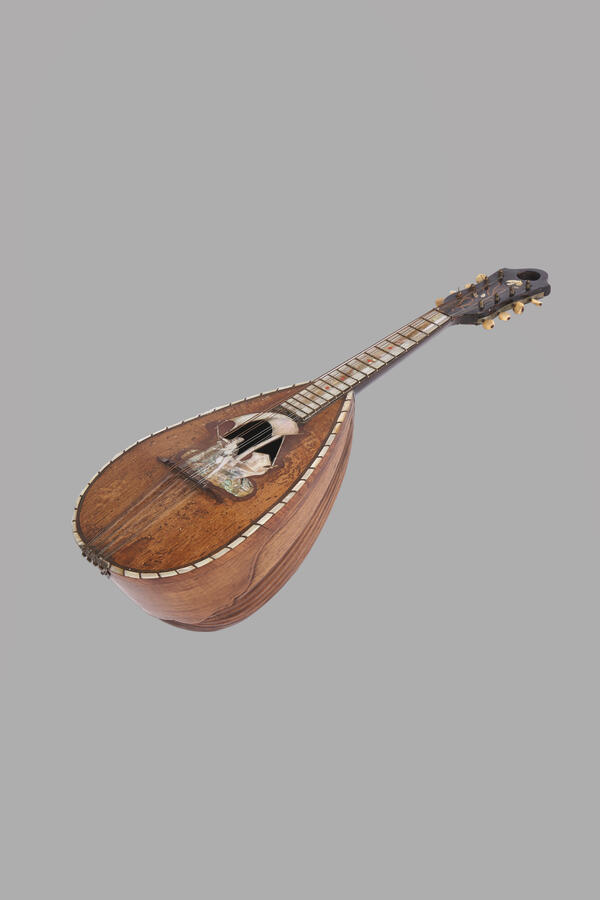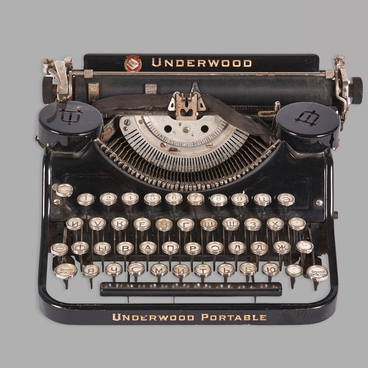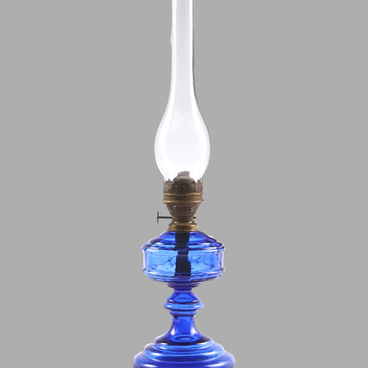The Neapolitan mandolin is a stringed plucked musical instrument, a type of lute with a shorter neck and fewer strings. The body of the instrument is usually pear-shaped and made of wood. The ribs of the body are made of hardwood — cherry, rosewood, maple, and ebony. Soundboards are often made from spruce boards, sometimes from cedar. The top soundboard of the instrument is flat; the classical Neapolitan mandolin has a slight curve near the bridge. The lower deck in this version of the instrument has a convex shape and is somewhat similar to half a pear. This type of mandolin features four pairs of strings and a pear shape enabling a stronger and softer sound. Each of the pairs of strings corresponds to the notes Sol, Re, La and Mi.
There are also Sicilian, Portuguese, Milanese and other types. The mandola that was used in the territory of modern Italy since the Middle Ages preceded the mandolin.
The mandolin was supposedly brought to Russia in the 18th century and quickly gained popularity. The art of playing this instrument has been mastered by many amateur musicians. Mandolin societies were founded in St. Petersburg and Moscow.
This Neapolitan mandolin was made in Sicily, in the city of Catania, at the G. Puglisi Reale & Figli factory in September 1908. This factory was one of the largest Italian companies producing plucked musical instruments — violins, bows, guitars, mandolins, and cellos. Unfortunately, it was destroyed during the bombing of the city in 1943.
The rounded back of the mandolin is made of pre-curved wood fragments (staves). The strings are metal. The wooden surface is varnished. The surface of the instrument is richly inlaid with mother-of-pearl — at the sound hole, along the edges and on the fretboard, which was typical for expensive instruments.
There are also Sicilian, Portuguese, Milanese and other types. The mandola that was used in the territory of modern Italy since the Middle Ages preceded the mandolin.
The mandolin was supposedly brought to Russia in the 18th century and quickly gained popularity. The art of playing this instrument has been mastered by many amateur musicians. Mandolin societies were founded in St. Petersburg and Moscow.
This Neapolitan mandolin was made in Sicily, in the city of Catania, at the G. Puglisi Reale & Figli factory in September 1908. This factory was one of the largest Italian companies producing plucked musical instruments — violins, bows, guitars, mandolins, and cellos. Unfortunately, it was destroyed during the bombing of the city in 1943.
The rounded back of the mandolin is made of pre-curved wood fragments (staves). The strings are metal. The wooden surface is varnished. The surface of the instrument is richly inlaid with mother-of-pearl — at the sound hole, along the edges and on the fretboard, which was typical for expensive instruments.




